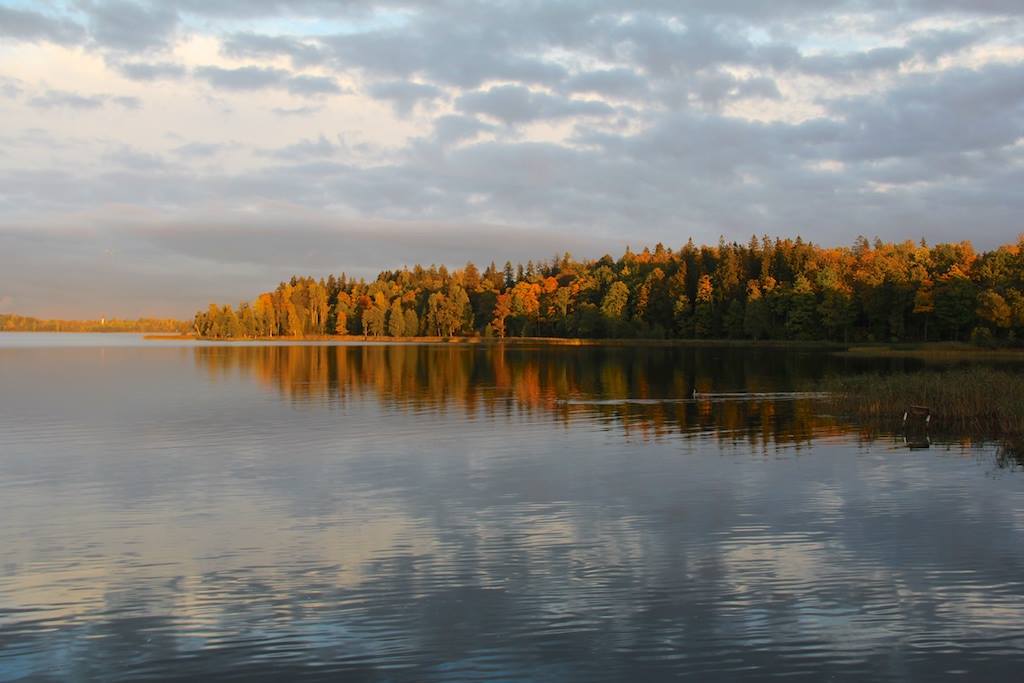The Southernmost Finnic languages and their contact varieties.
(Map by: Timo Rantanen, BEDLAN)
The Southernmost Finnic Languages
The Southernmost Finnic languages include all varieties of South Estonian – its dialects in Estonia as well as the three language island varieties (Lutsi, Leivu, Kraasna) spoken outside of it, both documented varieties of Livonian (Courland and Salaca) as well as Krevin Votic – a variety of Votic spoken near the city of Bauska in southern Latvia until the mid-19th century.
The map above shows the location in color of the four languages at the focus of the Southernmost Finnic Prosody Project's research: Courland Livonian, Salaca Livonian, Lutsi, and Leivu. Background information on the history and present state of these four languages follows below.




